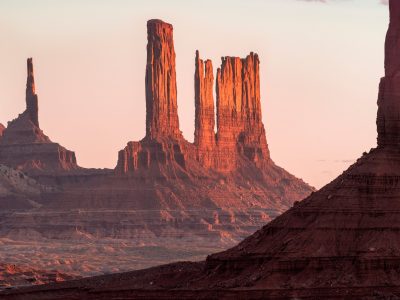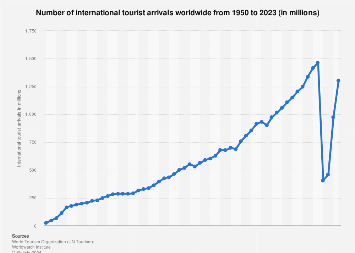Travel, have a family, get married, buy a house, have a successful career – the list of societal pressures is endless.
Yet two of these things at once are often impossible, and so we live our lives like we have missed out on something and cannot possibly achieve it all.
Travel is a privilege. A thing rarely described as a privilege, yet the reasons why most people do not “go travelling” are a plenty – money, responsibilities at home, health, anxiety, time…
So what if there was a way that everyone could do this? A way that everyone could widen their horizons to learn, grow and experience through travel?
One solution: museums.
Sir Robert and Lady Lisa Sainsbury created one of the most sought-after, yet non-conformist art collections in the world.
They chose to work with University of East Anglia to display art from around the globe, showcasing objects from all times periods equally.
Their collection transcended traditional barriers between art, architecture, archaeology and anthropology and it created an entirely new type of global museum.
They named it the Sainsbury Centre.
At the Sainsbury Centre, art is for everyone. With a “pay if and what you can” ticketing system and a gallery accessible to all, you can travel across the world through this world-class collection.
It is not only a museum to only learn more about artists, cultures or movements like Francis Bacon, the Tang Dynasty or Modernism, it is also a place of experience, where collections are animate and visitors are encouraged to get emotionally connected to the works on display.
Through these works and objects, you can travel to places like Africa, South America or Japan and even hear from people within those cultures through the audio on the Smartify app.
In the current series of temporary exhibitions, the Sainsbury Centre explores the question Why Do We Take Drugs? You can travel from Fiji to the Congo and from heart of the Amazon rainforest to the mountains of Mexico.
If you enter the shows with your own pre-conceived ideas and answers to this question (as we do as humans), you may leave with broadened horizons and new perspectives.
You are invited to explore the world of global drug cultures from illegal to familiar across one mind-blowing museum landscape.
The season explores both the organised and chaotic use of narcotics and intoxicants within communities across different parts of the world alongside the human stories, experiences and cultural impact of mind-altering substances.
The Cambridge Dictionary describes a drug as “any natural or artificially made chemical that is used as a medicine”.
Our Western society has changed the perception of this word into something which insinuates the harder side of drugs, used for ‘reckless’ recreation.
But upon further investigation into the word, we realise this includes medicines, herbal stimulants, tea and coffee, to name a few.
In other parts of the world, drugs – known as plant medicines – are used for healing, for spiritual journeys and for teachings.
Travel to the Amazon to learn about ayahuasca, fly to Mexico to explore the use of peyote, or tour Togo to discover the cultures surrounding palm wine.
A virtual reality (VR) experience takes you on a virtual ayahuasca trip, to learn and understand the process of taking the drugs, without doing so in reality (the wonders of modern technology).
Similarly, Brion Gysin and Ian Sommerville’s Dreamachine experience – coined as a “drugless psychedelic experience” – allows you to encounter the feeling of a hallucination.
And all without the need for your passport.
Power Plants: Intoxicants, Stimulants and Narcotics and Ayahuasca & Art of the Amazon is on display until February 2. Heroin Falls and Lindsey Mendick: Hot Mess will join the season on November 23 to April 27.









